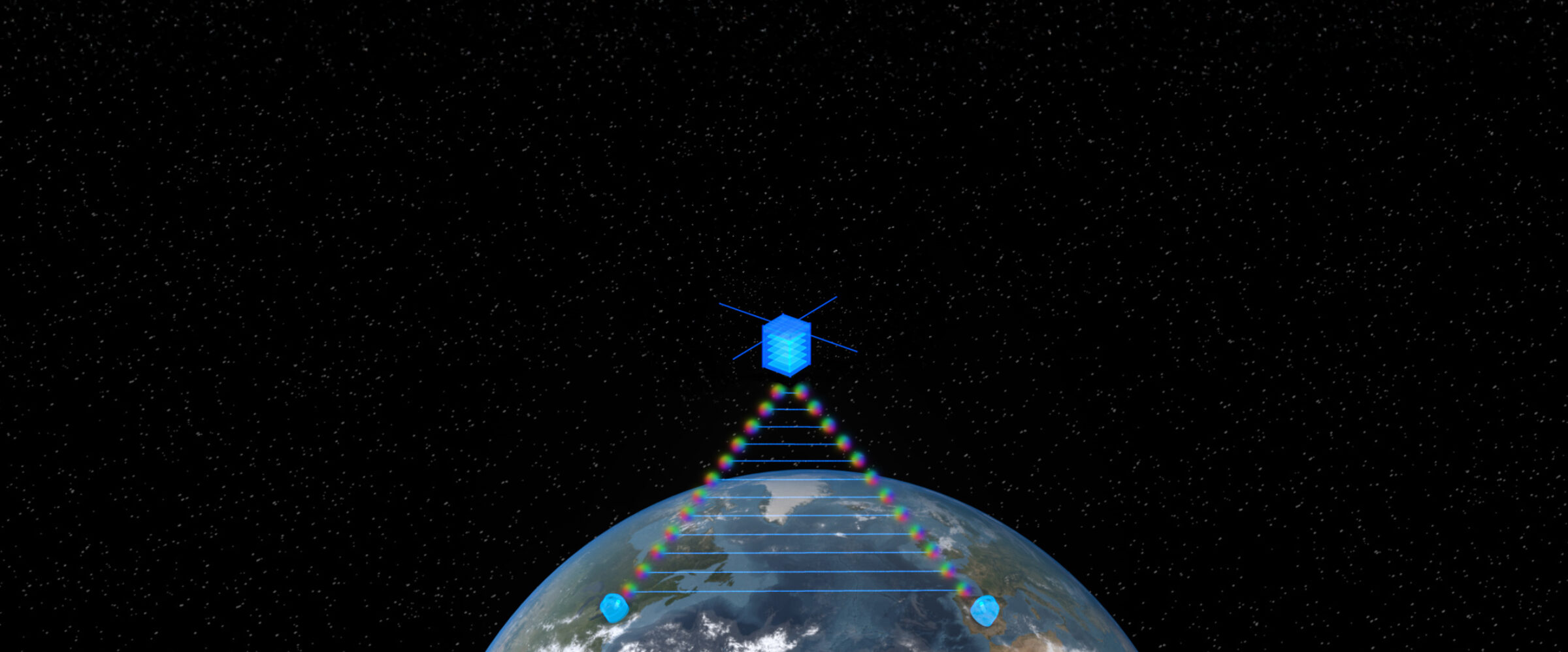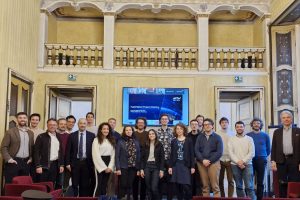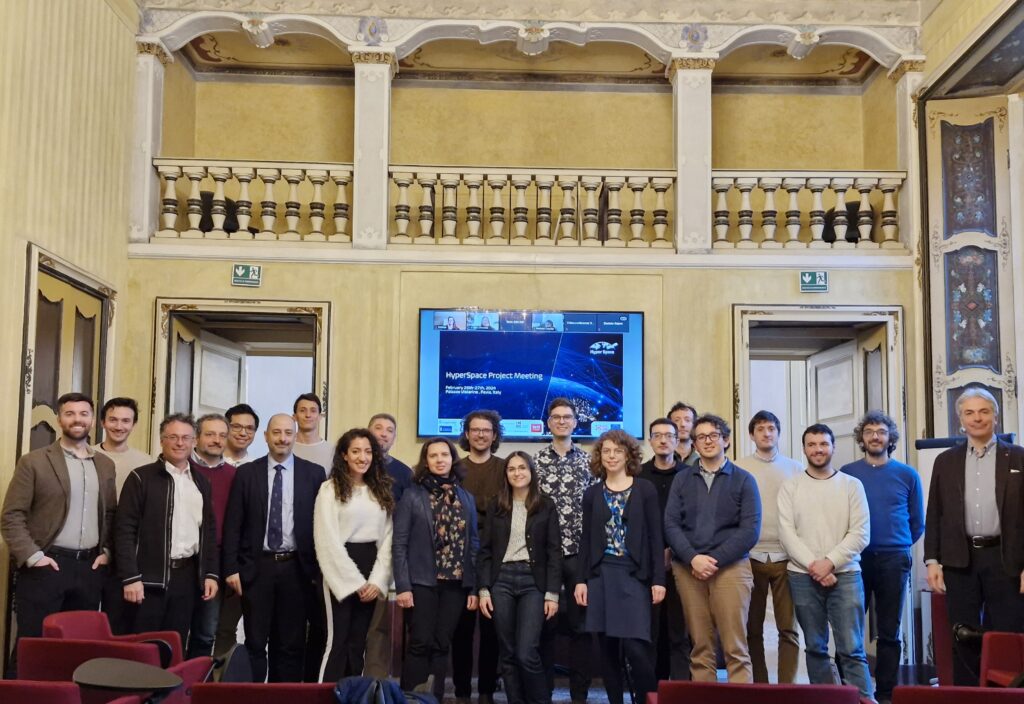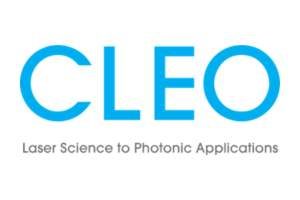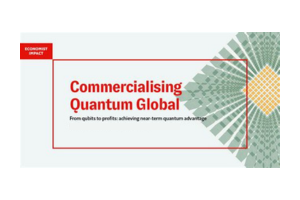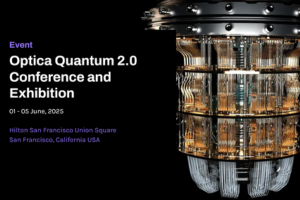HyperSpace project: joining efforts of European and Canadian institutes towards a global Quantum network
Quantum entanglement is a phenomenon that fascinates scientists around the world. The very idea that two particles are intimately bound together and that a change of state in one instantly causes a change in the other, even if they are millions of light years apart, remains intriguing. This action, once described by the theoretical physicist Albert Einstein as „spooky action at a distance“, is now the basis for applications in information processing and detection. Entangled photons have already been successfully exchanged over short distances in various experiments using free beams in the air or via optical fibres laid in the ground. However, the exchange over longer distances still presents technological challenges.
The solution: the direct exchange of entangled photons in space via optical satellite links. Within HyperSpace, a team of scientists from Europe and Canada will study the distribution of complex (high-dimensional) entangled photons via satellite. It paves the path to take quantum communication research to a whole new level and to solve together technological challenges whose results will benefit society. The overarching goal of HyperSpace is to further develop satellite-based quantum communications by appropriate experiments into scalable global quantum networks. This global quantum network will interconnect a wide range of quantum processors using a variety of quantum channels, just as in the conventional Internet.
HYPERSPACE project achieves first milestones
On the path to creating an intercontinental network for quantum key communication, the HyperSpace project consortium has reached significant milestones since the project’s launch in October 2022.
With this, the consortium has successfully completed the first half of the project. The published research results highlight new developments and implementation options for quantum key distribution (QKD), which will now be tested in the field.
Read more about the new project developments.
The HyperSpace project, coordinated at Fraunhofer IOF, aims to advance the vision of a global network for virtually tap-proof quantumcommunication. It is funded by the European Commission and the Natural Sciences and Engineering Research Council of Canada (NSERC).
An Introduction to Quantum Networks: A PRISM-HYPERSPACE Webinar
Be sure to join us for an exclusive three-part webinar series exploring the future of quantum-secure communication — from Malta’s terrestrial Quantum Key Distribution (QKD) testbed to satellite-based entanglement across Europe and beyond.
This unique collaboration between PRISM EuroQCI and HYPERSPACE brings together top experts and researchers working at the cutting edge of Quantum Key Distribution.
Three webinars, one goal: building the quantum networks of tomorrow.
➡️ Learn more and sign up for Webinar 1: Registration
The HyperSpace project, coordinated at Fraunhofer IOF, aims to advance the vision of a global network for virtually tap-proof quantumcommunication. It is funded by the European Commission and the Natural Sciences and Engineering Research Council of Canada (NSERC).
PRISM is a project co-funded by the European Union.
Challenge: Overcoming large distance in Quantum communication
HyperSpace aims to extend the hitherto untapped potential of high-dimensionally entangled photons to long-distance free-space communications. Encoding multiple qubits on individual photons via d-level quantum properties – qudits – increases channel capacity and yields benefits for the implementation of advanced quantum information processing (QIP), such as improving resilience with respect to noise and eavesdropping in quantum key distribution (QKD). To facilitate deployment on scalable small satellites, the team seeks not only to develop new protocols based on quantum hyperentanglement, but also to transfer these protocols into scalable photonic integration platforms.
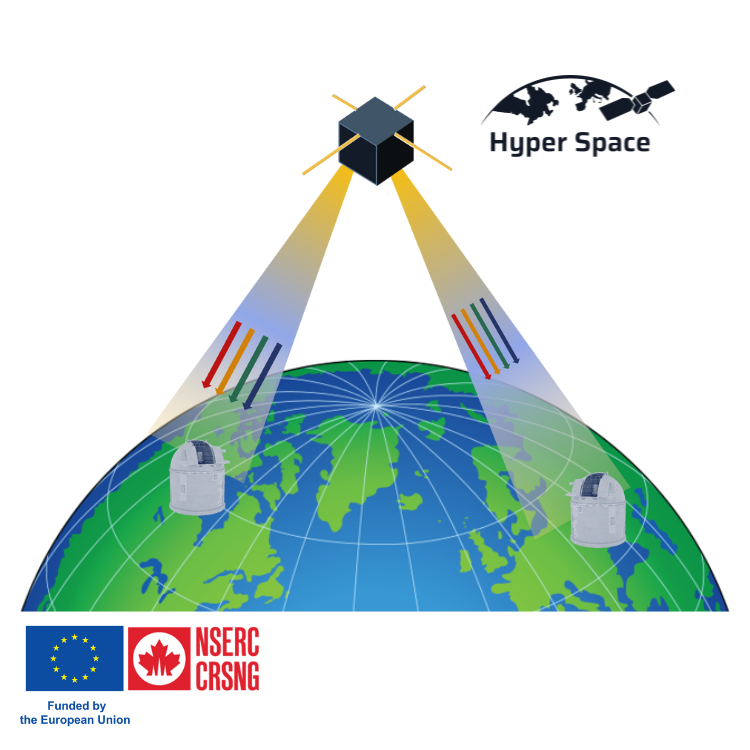
Possible applications
Applications of HyperSpace in the field of information technology and sensors will be extensive. For instance, a global quantum internet will enable significantly improved applications, such as more accurate clock synchronization, highly efficient cloud information, or even highly secure data transmission through quantum cryptography that relies on physics. Some of these applications were previously not imaginable.
References:
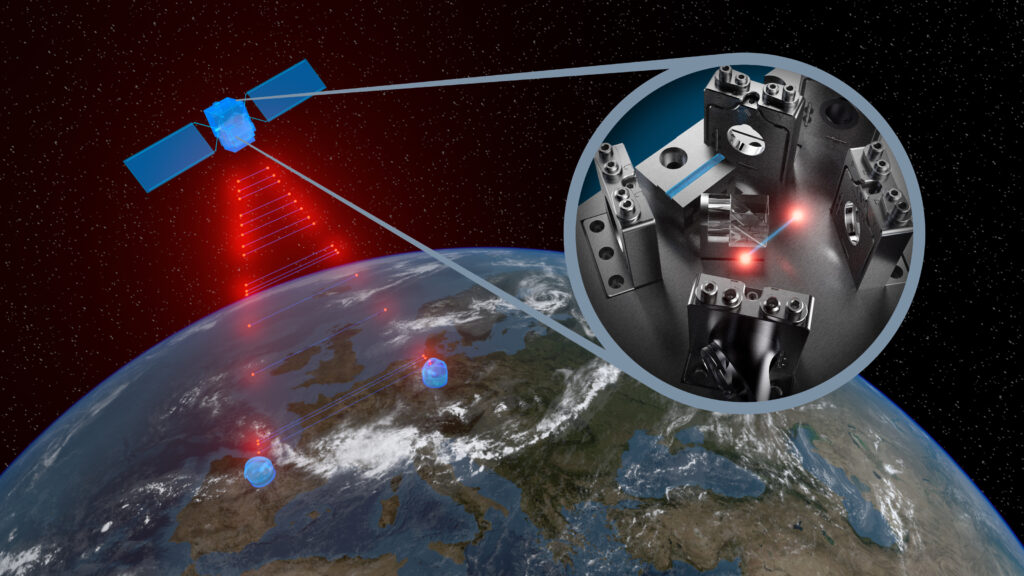
Work performed and main achievements
Start of project with virtual kickoff meeting on October 5th, 2022.
Technical meetings are taking place regularly. Further project meetings and workshops have been conducted in June 2023 in Montréal, Canada and in February 2024, in Pavia, Italy.
To generate a mission concept for global, satellite-based Quantum communication, a first draft of source requirements has been created in December 2022. Since then, possible mission scenarios have been identified and will be further investigated in the second half of the project.
Development and characterization of integrated photon pair sources have been realized using a silicon bichromatic photonic crystal cavity. Further details in Barone et al.
Furthermore, polarization-entangled photon pair sources based on periodically-poled silica fiber (PPSF) have been constructed and commercialized by an industry partner, OZ optics.
The relationship between high-dimensional entanglement and the noise resistance of QKD protocols operating in high dimensions has been investigated in Bulla et al.
High-dimensional protocols for QKD were used to show an improved noise resistance over a 10.2 km free-space channel.
Towards high-dimensional entanglement for Quantum Communication in the frequency domain, a record certification of discretized frequency entanglement has been shown with a highly efficient and nonlocally implementable approach in Cabrejo-Ponce et al.
Objectives
The adoption of quantum communication on continental and transcontinental scale will be facilitated by achieving the following concrete objectives, which will be developed thanks to the continuous interconnections of EU/CAN organizations.
- Demonstrate integrated sources of photon pairs with 1 Gpair output
- Demonstrate integrated sources of high-dimensional and hyper-entangled quantum states
- Successful transmission and analysis of high-dimensional quantum states in free-space links
- Development of novel quantum protocols for multiple qubits via the use of multiple degrees of freedom
- Establish a technology roadmap towards satellite-based network linking Canada and Europe
- Ensure wide dissemination and exploitation of the achieved results among research centers, industrial end users and stakeholders, relevant clusters and CAN/EU entities

